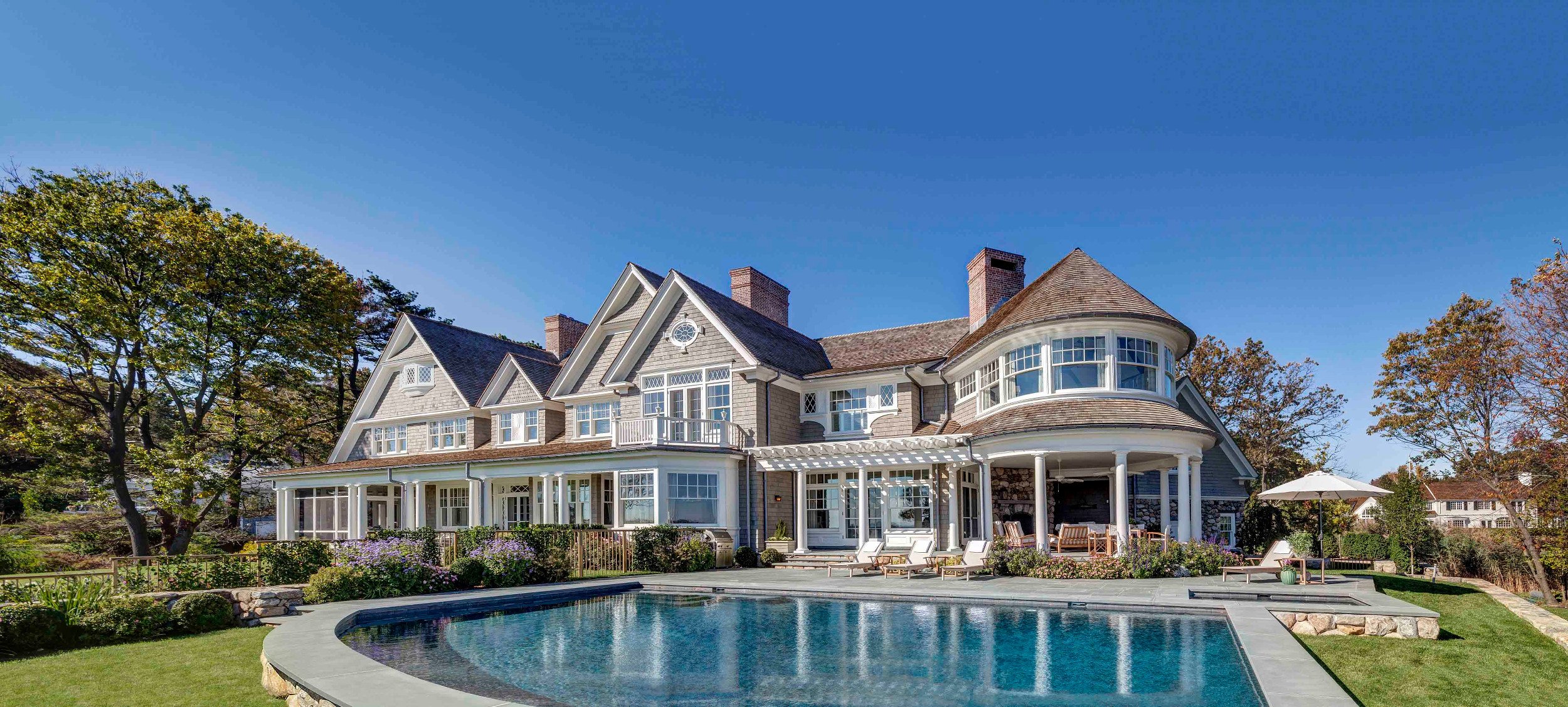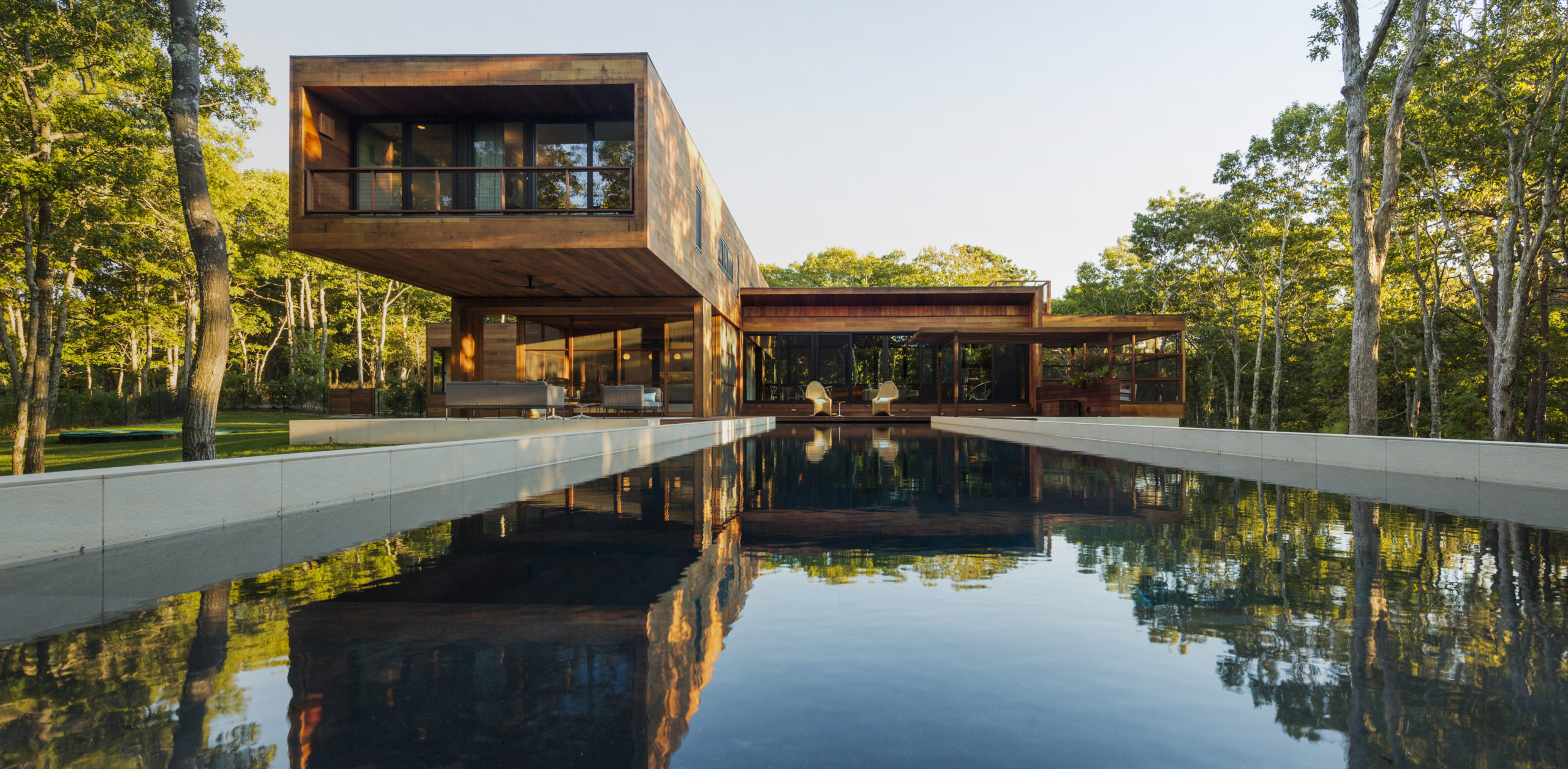Residential House Architect: Creating Unique Homes with Attention to Detail
Residential House Architect: Creating Unique Homes with Attention to Detail
Blog Article
Exactly How Residential Architects Create Custom-made Houses for each Lifestyle
The procedure by which residential engineers design tailored homes is a nuanced interaction of understanding customer needs and translating those understandings right into useful living rooms. Via comprehensive assessments and making use of layout tools, architects capture the significance of their customers' lifestyles, making sure that each home mirrors individual values and aspirations. This collective approach extends beyond preliminary principles, integrating lasting techniques and innovative innovations to boost everyday living. As we discover the elaborate actions involved in this transformative process, a much deeper appreciation for the architect's function fit one-of-a-kind environments starts to arise.
Recognizing Customer Needs

Efficient interaction is vital in this process. Architects should motivate customers to verbalize their way of lives, family characteristics, and future goals, making sure that the layout mirrors their special identification. By using tools such as questionnaires, interviews, and aesthetic surveys, designers can collect beneficial understandings into the customer's vision.
Furthermore, understanding the context in which a home will exist is essential. Architects need to think about factors such as the site attributes, regional environment, and social influences that can affect the style. This alternative approach permits the development of rooms that are not only cosmetically pleasing yet sustainable and additionally practical.
Eventually, a deep understanding of client needs makes it possible for engineers to create personalized homes that improve the lifestyle for their owners, cultivating a feeling of belonging and comfort within their living atmospheres.
Style Process and Partnership
The style process in property style is a vibrant interplay of creative thinking and cooperation, where designers, customers, and different stakeholders work very closely to bring a vision to life. This repetitive journey generally begins with a series of conferences to develop a thorough understanding of the customer's desires, preferences, and way of living demands. Throughout these conversations, engineers collect important information, enabling them to conceive styles that line up with the customer's vision.
Following the initial appointments, the style phase advances via illustrations, 3D designs, and architectural makings. This aesthetic communication serves as a tool for designers to present ideas, while additionally welcoming customer comments, making certain that the last style resonates with their assumptions. Effective collaboration with engineers, specialists, and indoor developers is critical during this stage, as it makes certain that all functional elements of the job are seamlessly integrated.

Incorporating Lifestyle Components
Including lifestyle components right into household style is vital for developing rooms that genuinely resonate with the inhabitants. residential architecture homes. This process starts with recognizing the distinct requirements, choices, and daily routines of the home owners. Engineers involve in extensive conversations to reveal just how the private or family utilizes their space, whether for entertaining guests, seeking hobbies, or seeking silent resort
As soon as these understandings are gathered, architects can tailor style features that boost everyday experiences. For example, open floor plans may be designed for families that prioritize togetherness, while devoted work areas can be incorporated for those that useful source work from home. Outside areas, such as outdoor patios or gardens, can be highlighted for families that delight in exterior activities or amusing.
Furthermore, adaptability is an essential consideration; multi-functional rooms permit flexibility as lifestyles develop gradually. Custom storage space solutions can likewise be included to satisfy certain company needs, ensuring that the home remains clutter-free and useful. Ultimately, by thoughtfully weaving way of life aspects into the building textile, household designers produce personalized homes that not only fulfill visual needs however additionally substantially boost the lifestyle for their customers.
Sustainable and Smart Style
Lasting and clever style significantly plays a critical function in residential design, as homeowners look for to reduce their ecological effect while enhancing their living experiences. Designers are now incorporating environmentally friendly products, energy-efficient systems, and cutting-edge technologies to create homes that not only meet aesthetic needs however also serve the planet.
Incorporating renewable resource resources, such as photovoltaic panels and wind generators, enables homeowners to harness natural resources, considerably minimizing dependence on conventional power grids. Smart home innovations additionally enhance sustainability by optimizing energy use with automated systems that control home heating, air conditioning, and illumination based on tenancy and preferences.
Moreover, making use of lasting structure materials-- like redeemed timber, bamboo, and recycled steel-- advertises a round economic climate, minimizing waste and source usage. Engineers likewise emphasize passive design concepts, making sure homes are oriented for maximum all-natural light and ventilation, consequently decreasing the requirement for synthetic heating & cooling.
Along with ecological advantages, lasting and wise style adds to the general comfort and health of homeowners. By prioritizing indoor air high quality and all-natural components, designers create areas that foster wellness, enabling home owners to thrive attuned to their environment.
Wrapping Up and Implementing Plans
Completing and carrying out strategies is an essential stage in the domestic design process, where the vision of a customized home starts to materialize. This phase entails precise focus to information, making sure that every element of the style is exactly verbalized and prepared for building. residential architecture homes. Architects collaborate closely with clients to assess last strategies, attending to any kind of final changes or problems, while guaranteeing that all elements align with the property owner's way of living needs
Once plans are finalized, engineers prepare extensive building records, including detailed illustrations and specs that act as a plan for contractors. These papers describe products, surfaces, and installation techniques, supplying clearness for subcontractors and specialists. In addition, protecting needed authorizations and sticking to neighborhood building regulations is vital, as it guarantees conformity and smooth project execution.
Reliable interaction is crucial throughout this phase. Normal updates and conversations with home builders assist to mitigate prospective issues prior to they arise. By promoting a collaborative environment, engineers can assure that the application straightens with straight from the source the original vision. Inevitably, this essential stage transforms principles into truth, laying the structure for a home that mirrors the unique lifestyle and choices of its residents.
Conclusion
In final thought, household see this page engineers play an essential role in crafting customized homes that accommodate diverse way of lives. Through thorough understanding of customer demands, joint style processes, and the assimilation of lifestyle components, architects guarantee that each home mirrors individual choices. The incorporation of smart modern technologies and lasting practices additionally improves performance and ecological duty. Eventually, the efforts of residential designers culminate in the realization of individualized home that promote convenience and health for their residents.
The process by which residential designers design customized homes is a nuanced interplay of comprehending client needs and converting those understandings into practical living spaces. Through extensive appointments and the use of layout devices, engineers catch the significance of their clients' lifestyles, making certain that each home shows individual values and aspirations. Architects should encourage customers to express their way of lives, family characteristics, and future desires, guaranteeing that the layout shows their one-of-a-kind identity.The style procedure in household style is a dynamic interplay of creative thinking and collaboration, where engineers, clients, and various stakeholders work carefully to bring a vision to life - residential architecture homes. Via thorough understanding of client requirements, joint style processes, and the combination of way of life elements, architects make sure that each home shows specific preferences
Report this page